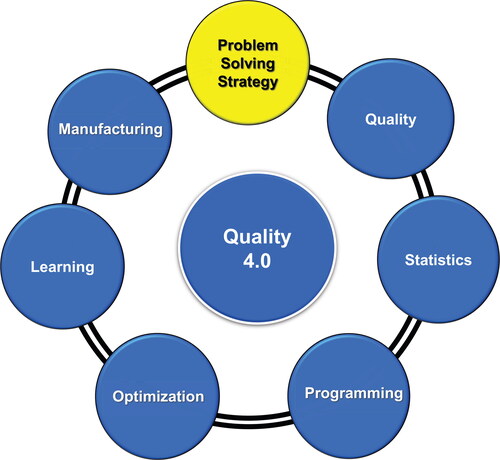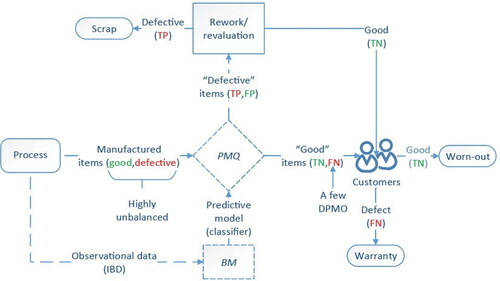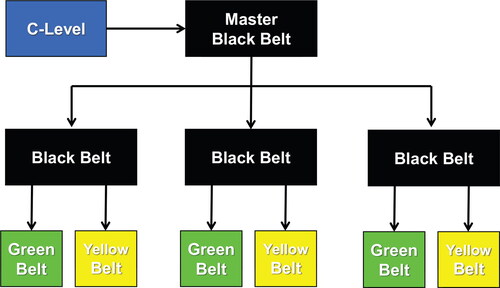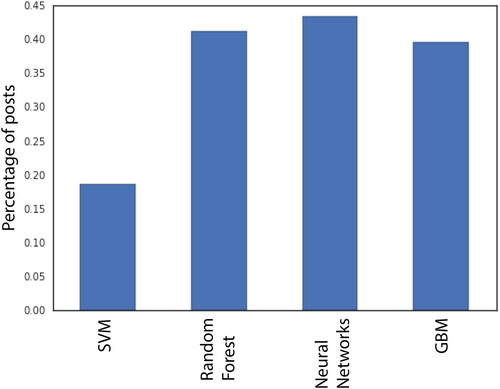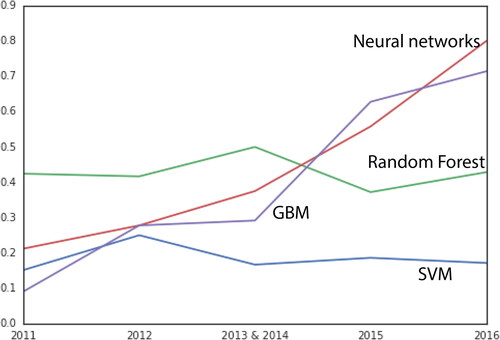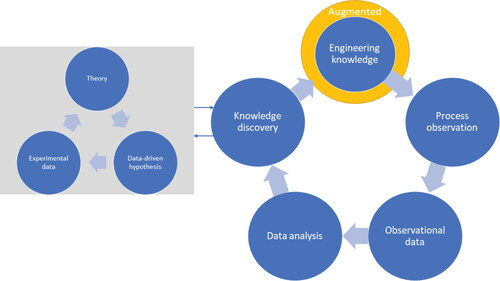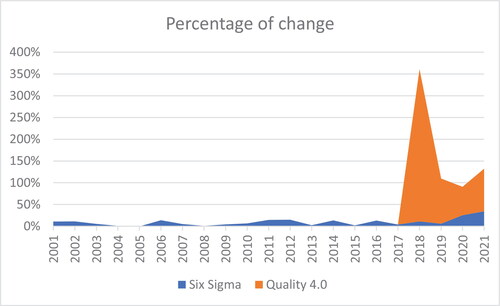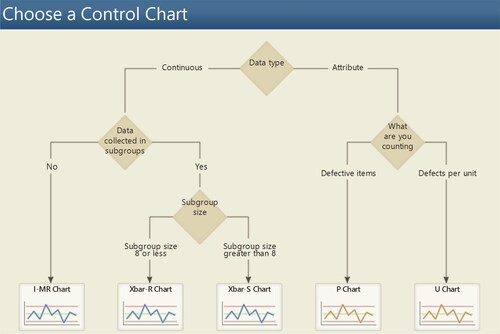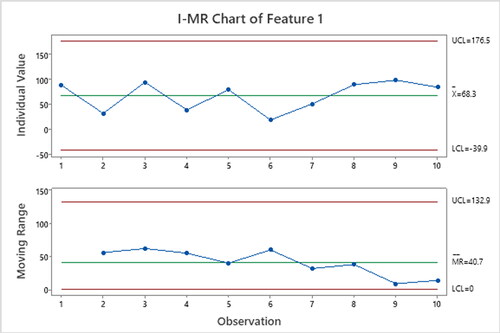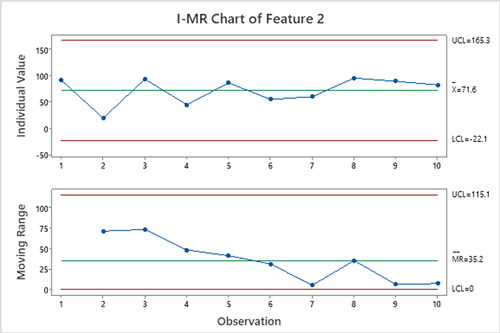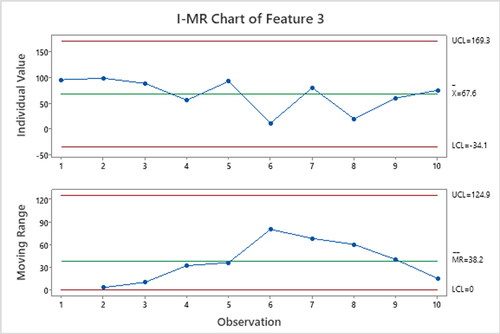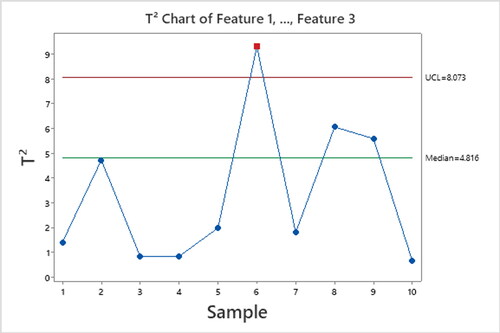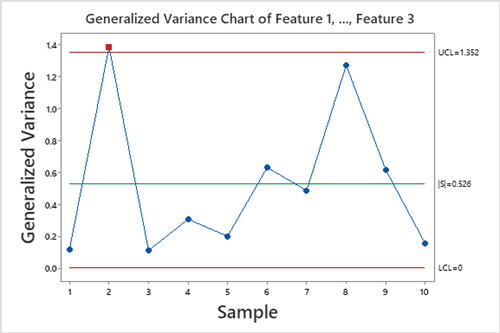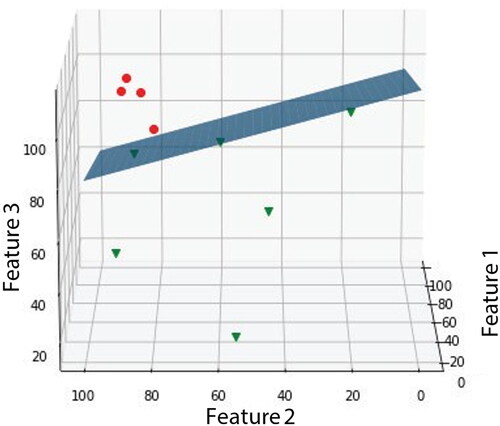Figures & data
Table 1. Acronym definitions.
Figure 1. Google Trends, interest of Six Sigma from 2004 to 2022. Interest over time. The numbers represent the search interest relative to the highest point on the chart for the given region and time.

Table 2. Confusion matrix.
Figure 4. PMQ problem solving strategy (Escobar, Macias et al. Citation2022).
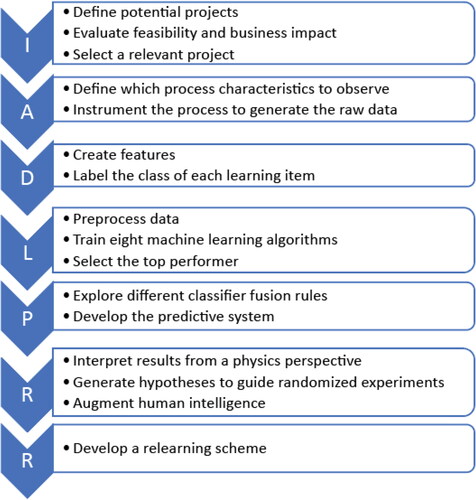
Table 3. Quality 4.0 certifications curricula.
Table 4. Six Sigma versus Quality 4.0.
Figure 10. 3D quality pattern. Green triangles denote good quality, and red circles denote a defective item.
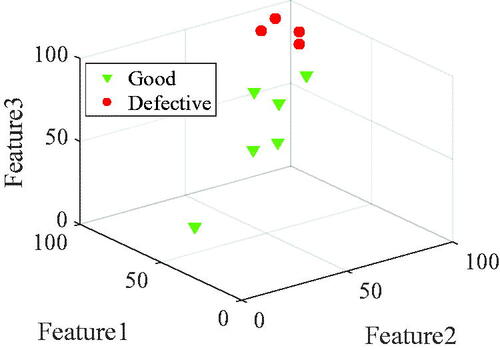
Table 5. Virtual feature values and the associated quality status of each sample.
Table 6. Confusion matrix for this case study using SVM.

